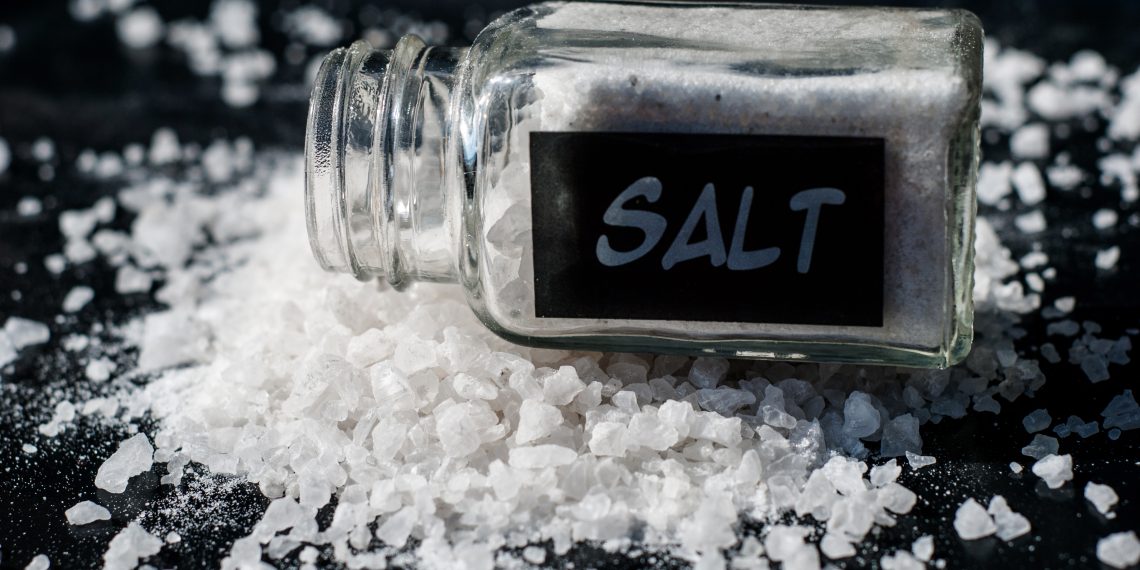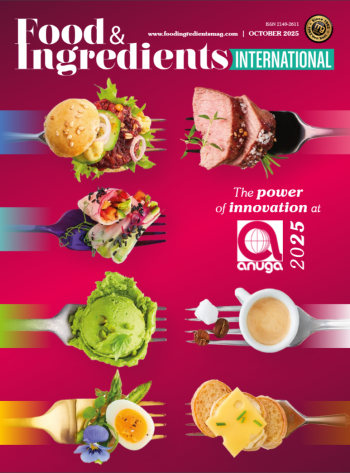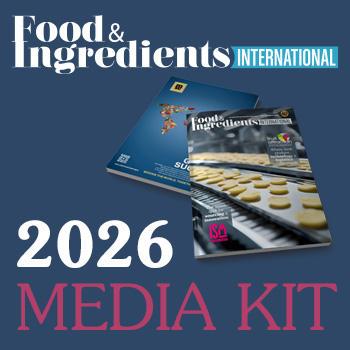The burden of unhealthy diets constitutes a major public health and development challenge worldwide. Urgent action is required to modify the over-production and over-consumption of foods and beverages that do not have a healthy nutritional profile, mainly industry manufactured food. Of greatest concern is excess consumption of sodium, sugars and unhealthy fats, particularly trans-fatty acids (trans fats) and saturated fatty acids, and low consumption of whole grains, pulses, vegetables and fruits. In many high-income countries, and increasingly in low- and middle-income countries, a significant proportion of sodium in the diet comes from processed foods.
An estimated 1.89 million deaths each year are associated with consuming too much sodium, a well-established cause of raised blood pressure and increased risk of cardiovascular disease (2).
Reducing sodium intake is one of the most cost-effective ways to improve health and reduce the burden of noncommunicable diseases, as it can avert a large number of cardiovascular events and deaths at very low total programme costs. WHO recommends a number of sodium-related best buy policies as practical actions that countries should undertake promptly to prevent cardiovascular disease and its associated costs. These include lowering of sodium content in foods; implementing front-of-pack labelling; mass media campaigns; and public food procurement and service.
Recommendations for salt reduction
- For adults, WHO recommends less than 2000 mg/day of sodium (equivalent to less than 5 g/day salt (just under a teaspoon).
- For children aged 2–15 years, WHO recommends adjusting the adult dose downward based on their energy requirements. This recommendation for children does not address the period of exclusive breastfeeding (0–6 months) or complementary feeding with continued breastfeeding (6–24 months).
- All salt that is consumed should be iodized (fortified with iodine), which is essential for healthy brain development in the foetus and young child and optimizing people’s mental function in general.
About sodium
- Sodium is an essential nutrient necessary for maintenance of plasma volume, acid-base balance, transmission of nerve impulses and normal cell function.
- Sodium deficiency is extremely unlikely in healthy individuals.
- Excess sodium is linked to adverse health outcomes, including increased blood pressure.
- The primary contributors to dietary sodium consumption depend on the cultural context and dietary habits of a population.
- Sodium is found naturally in a variety of foods, such as milk, meat and shellfish. It is often found in high amounts in processed foods such as breads, processed meat and snack foods, as well as in condiments (e.g., soy and fish sauce).
- Sodium is also contained in sodium glutamate, used as a food additive in many parts of the world.
How to reduce sodium intake
WHO has identified a set of evidence-based best buy interventions to tackle noncommunicable diseases that should be undertaken immediately, with expected accelerated results in terms of lives saved, healthy lives life years gained, cases of disease prevented and costs avoided.
There are 4 best buys for sodium reduction:
- the reformulation of food products to contain less salt and the setting of target levels for the amount of salt in foods and meals;
- the establishment of a supportive environment in public institutions such as hospitals, schools, workplaces and nursing homes to enable lower sodium options to be provided;
- the implementation of front-of-pack labelling; and
- a behaviour change communication and mass media campaigns.
The development, implementation, monitoring and evaluation of sodium reduction policies should be government-led and safeguarded against possible conflicts of interest.
WHO has developed a Sodium Country Score Card to monitor countries’ progress in making national commitments and taking a multifaceted approach to implementing policies to reduce sodium intake.
How can you reduce your sodium intake?
- eat mostly fresh, minimally processed foods
- choose low-sodium products (less than 120mg/100g sodium)
- cook with little or no added sodium/salt
- use herbs and spices to flavour food, rather than salt
- limit the use of commercial sauces, dressings and instant products
- limit the consumption of processed foods
- remove the saltshaker/container from the table.
Sodium and salt converter
Convert the sodium listed on food products into grams of salt and vice versa.
Sodium (Na) to salt (NaCl) conversion
| 1 mmol sodium / 17 | = 1 gram salt |
| 1 mEq sodium / 17 | = 1 gram salt |
| 1 gram sodium * 2.542 | = 1 gram salt |
E.g., 5 g salt = 2000 mg sodium = 87 mmol sodium = 87 mEq sodium
WHO response
WHO guidelines on sodium provide thresholds for healthy intake and outline measures for improving diets to prevent noncommunicable diseases (NCDs) in adults and children.
The Global strategy on diet, physical activity and health was adopted in 2004 by the World Health Assembly. It calls on governments, WHO, international partners, the private sector and civil society to take action at global, regional and local levels to support healthy diets and physical activity.
In 2010, the Health Assembly endorsed a Set of recommendations on the marketing of foods and non-alcoholic beverages to children). These guide countries in designing new policies and strengthening existing ones to reduce the impact on children of the marketing of unhealthy food. The WHO Regional Offices have developed nutrient profile models that countries can use as a tool to implement the marketing recommendations.
In 2011, world leaders committed to reducing people’s exposure to unhealthy diets. The commitment was made through a Political Declaration of the High-level Meeting of the United Nations General Assembly on the Prevention and Control of NCDs.
In 2012, the Health Assembly adopted 6 global nutrition targets, including the reduction of stunting, wasting and overweight in children, the improvement of breastfeeding and the reduction of anaemia and low birth weight.
In 2013, the Health Assembly agreed 9 global voluntary targets for the prevention and control of NCDs, which include a halt to the rise in diabetes and obesity and a 30% relative reduction in the intake of salt by 2025. The Global action plan for the prevention and control of noncommunicable diseases 2013–2020 gives guidance and a menu of policy options for Member States, WHO and other UN agencies to achieve the targets.
In 2023, the first Global report on sodium intake reduction was published. The report aims to monitor progress and identify areas for action in the implementation of sodium reduction policies and other measures within Member States and across WHO regions and World Bank income groups.
References
- Noncommunicable Diseases Data Portal. Geneva: World Health Organization; 2022 (https://ncdportal.org/)
- Institute for Health Metrics and Evaluation (IHME) diet high in sodium. Global Burden of Disease; 2019 (https://www.healthdata.org/results/gbd_summaries/2019/diet-high-in-sodium-level-3-risk).



















